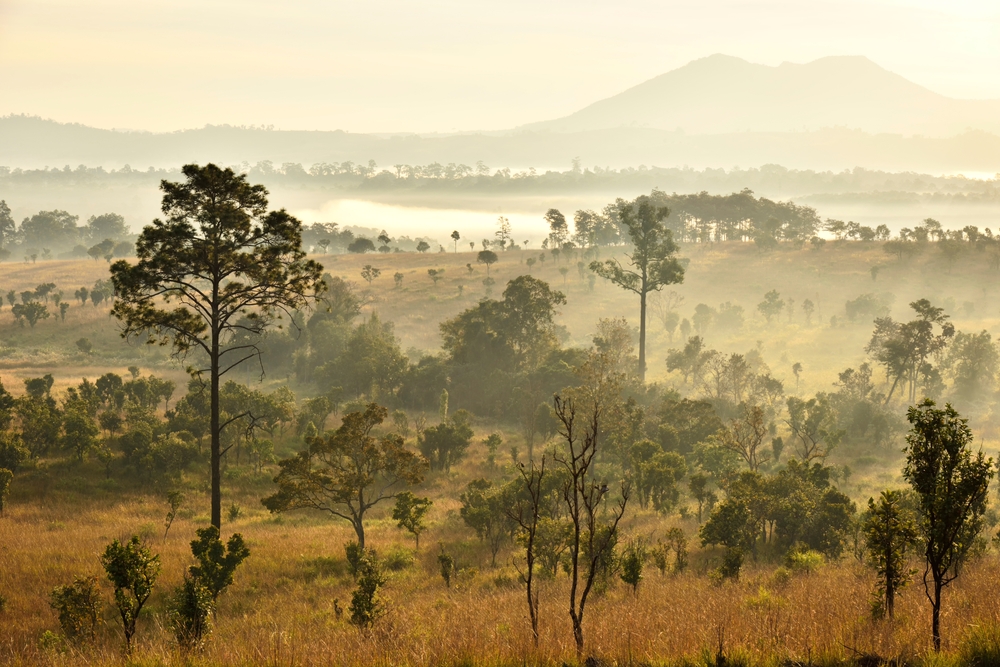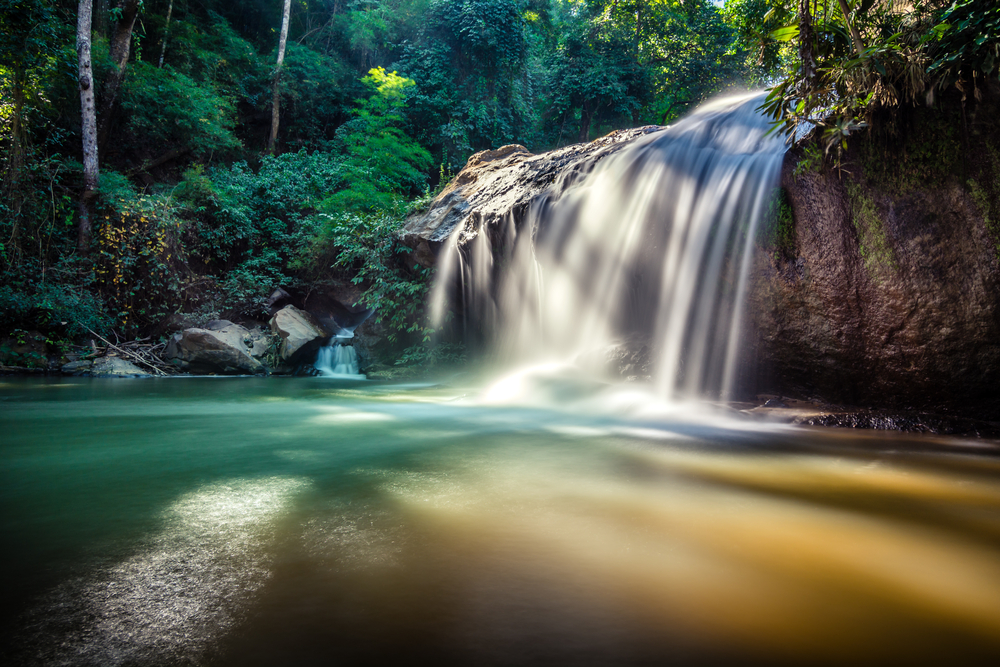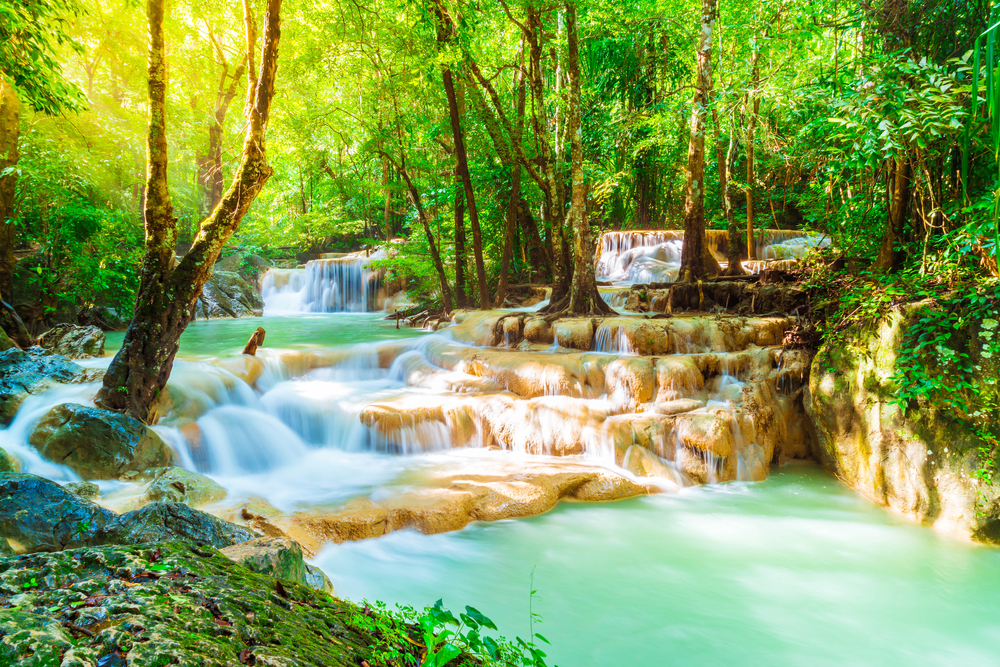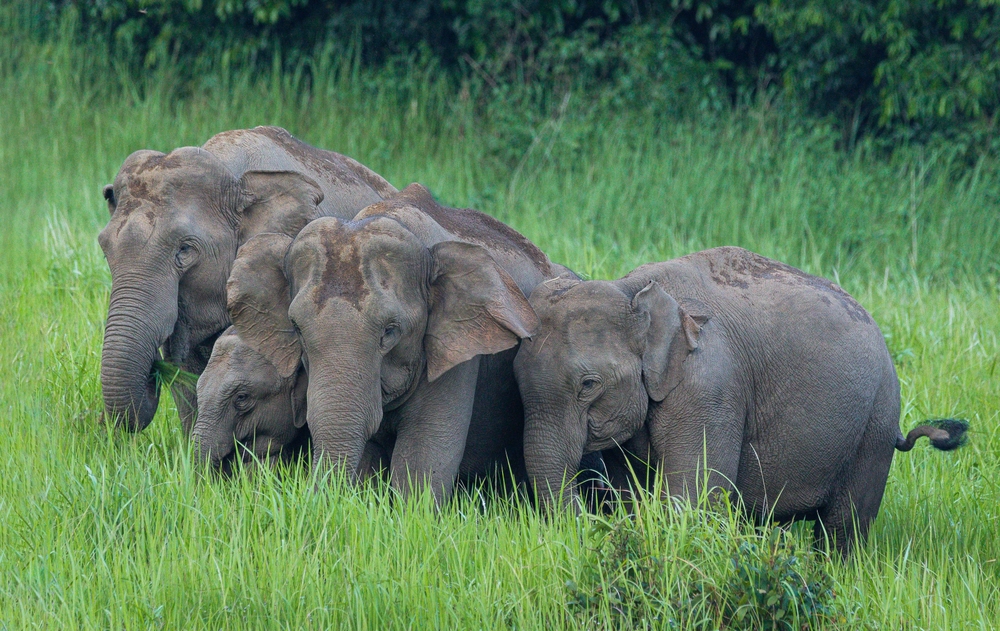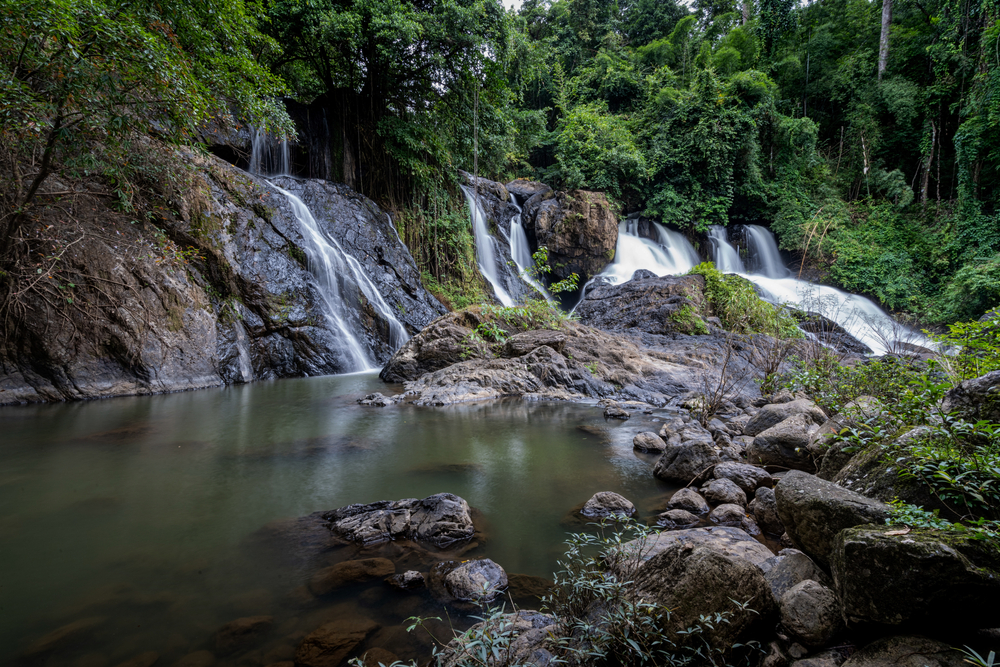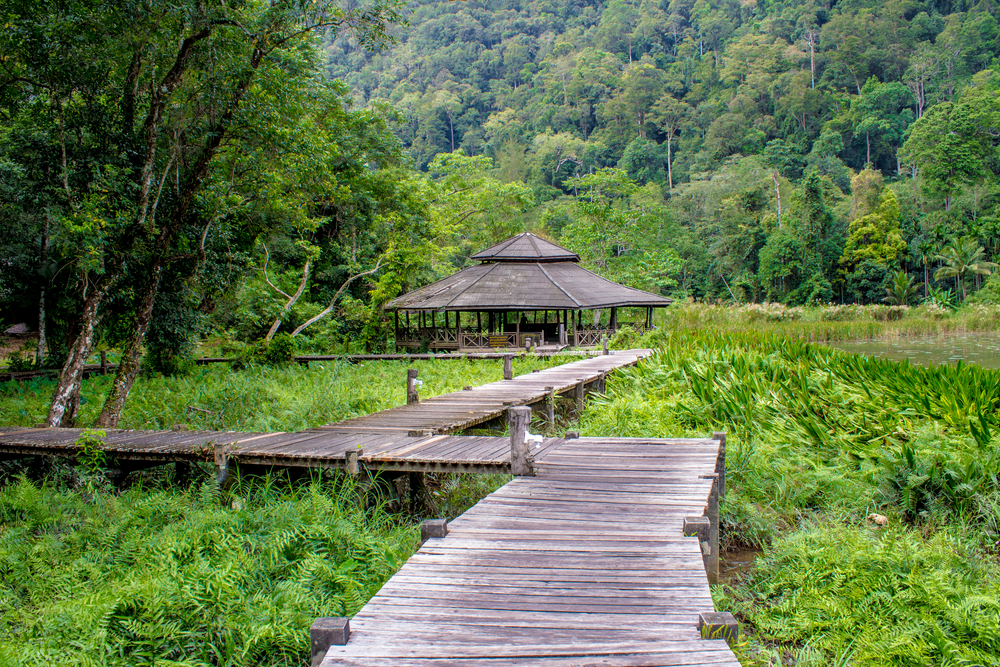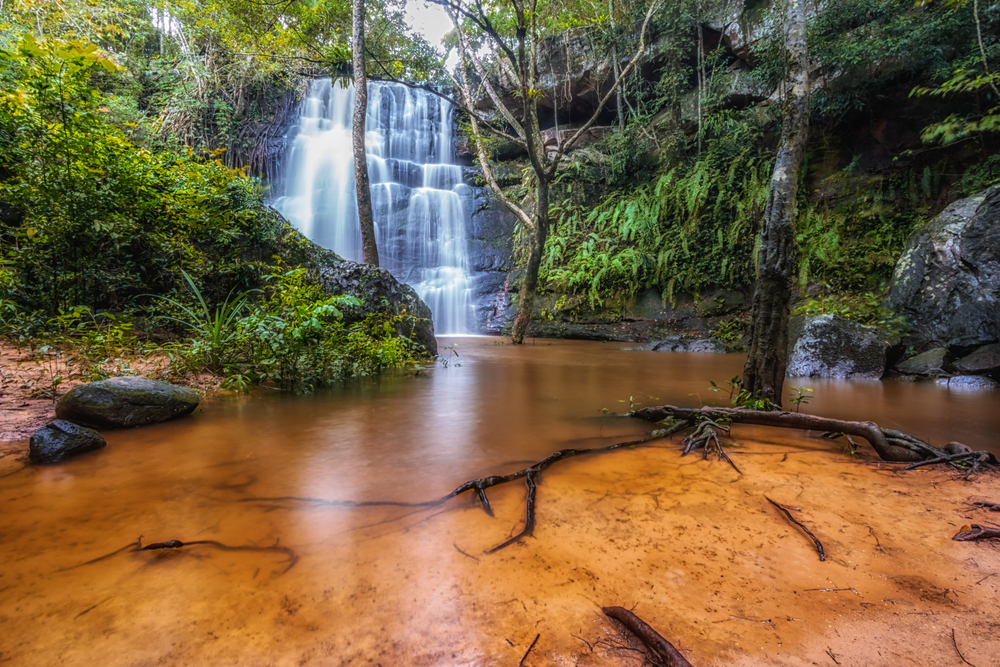Thung Salaeng Luang Overview
Thung Salaeng Luang National Park, known locally as อุทยานแห่งชาติทุ่งแสลงหลวง, is one of Thailand’s most captivating natural landscapes. Encompassing an area of approximately 484 square miles (1,262 square kilometers), the park is located in the north-central region of the country, spanning Phitsanulok and Phetchabun provinces.
Known as the “Savanna of Thailand,” its diverse ecosystems range from vast open grasslands and rolling hills to dense evergreen and pine forests, creating a striking and varied terrain. The park’s terrain is characterized by rolling plateaus interspersed with rugged limestone mountains and meandering streams. One of its most iconic features is the savanna-like grassland, which stretches across vast areas and gives the park its nickname.
Notable geographic highlights include the Kaeng Song Waterfall and the Namtok Chat Trakan Waterfall, both of which cascade beautifully through the forested hills. Additionally, the Sai Thong Waterfall is another must-see attraction, particularly during the rainy season when its flow is at its peak. The higher elevations are adorned with pine forests, primarily comprising Pinus merkusii and Pinus kesiya, which provide a cooler microclimate and a stark contrast to the lowland grasslands.
Thung Salaeng Luang is rich in biodiversity, offering a sanctuary for an array of wildlife. Visitors may encounter large mammals such as Asiatic black bears, sambar deer, and wild boars. The park also serves as a refuge for several threatened species, including clouded leopards and Asian elephants, which roam its vast expanses.
Bird enthusiasts are in for a treat, as the park is home to over 170 bird species, including hornbills, woodpeckers, and the colorful blue-throated bee-eater. Seasonal wetlands and rivers attract migratory birds, making it a year-round haven for avian observation.
Popular features of the park include the expansive Nong Mae Na grasslands, which are ideal for sunrise photography and wildlife spotting. Visitors often explore the park via well-maintained hiking trails, which wind through forests and grasslands, offering glimpses of wildlife and picturesque vistas. Night safaris are another popular activity, providing a chance to spot nocturnal creatures in their natural habitat. For the more adventurous, the park offers camping facilities and viewpoints where stargazing under Thailand’s clear skies is an unforgettable experience.
Thung Salaeng Luang faces conservation challenges, particularly in combating illegal logging and wildlife poaching. However, the park has made significant strides in community-based conservation efforts and ecotourism, engaging local communities in preservation initiatives. Awareness campaigns and patrols have helped to curb harmful activities and ensure the protection of this unique ecosystem. Its management emphasizes sustainable tourism, balancing visitor engagement with the park’s ecological integrity.








































































